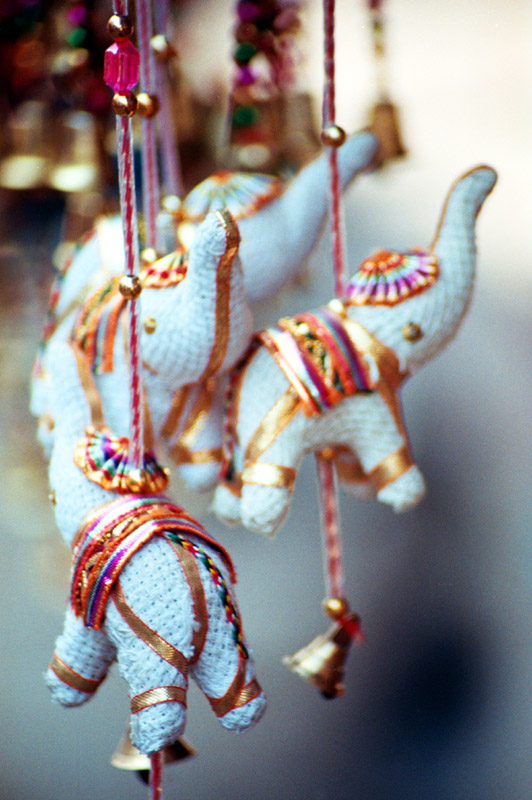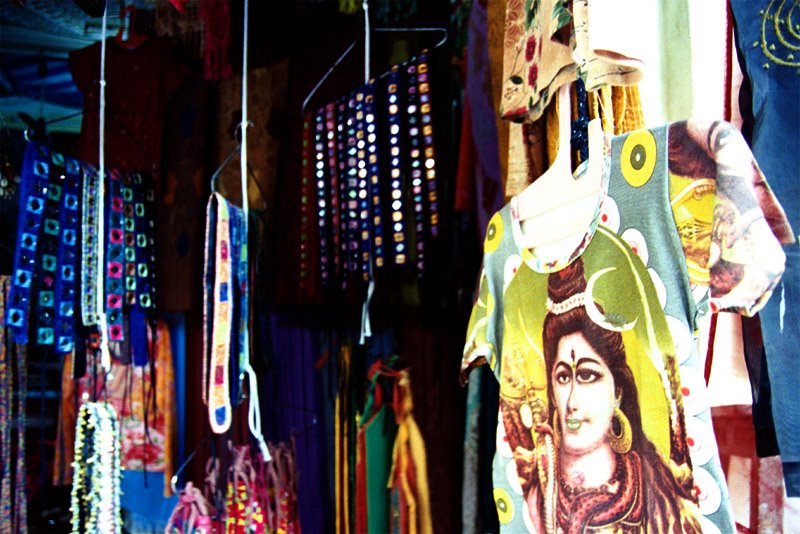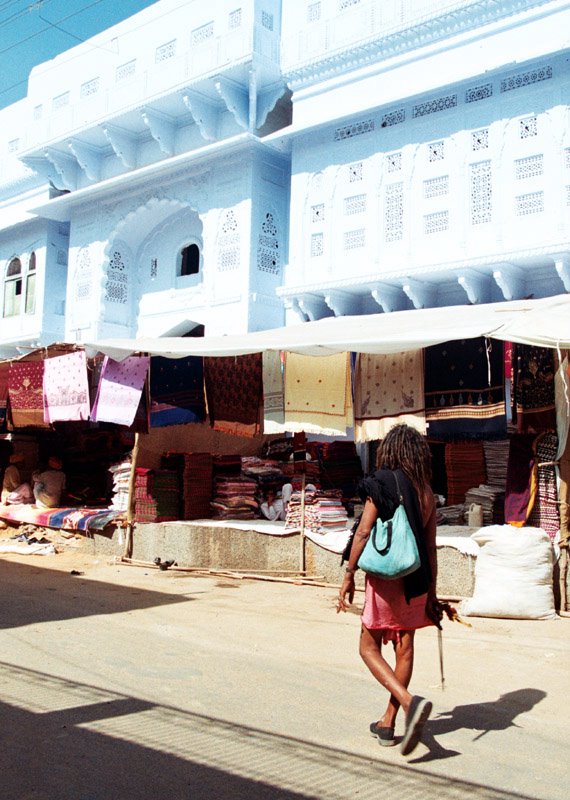 Bel-Totas
Bel-Totas. That's what they're called.
Bel, meaning vine or creeper and
Tota, meaning parrot. Roughly translated that would be- a parrot-vine. I know, I know these are elephants. White, at that. Not even remotely green. And no they don't have red trunks either. I can see that as well as you. Humour me please...
The villages around Pushkar have a thriving handicraft cottage industry. Today, that is. Wasn't always so. Was a time when the village women made parrot-vines in their free time. Yes, miniature, stuffed, cloth parrots hung on meters and meters of braided cloth. Decorated them with tassels and tinsels and sequins and bunched them up together to use as screens. To divide the living space inside the house, you know. Why parrots? I don't know. I'm not quite sure they know either or they would have told me. Yes, we asked.
At some point in time someone figured there might be people living in cities who'd want to use
bel-tota screens too
(don't ask me why, I don't know). And sure enough there were! And a thriving cottage industry was born. Eventually, I'm sure, some of these city dwellers got fed up with all the parrots hanging around their house
(who wouldn't?). Couldn't we have something different, they asked. Like other birds, for example. Or better still- not birds. Camels or tigers or what-have-yous. No?
Obviously, the villagers complied. They probably figured they needed the money and I don't blame them. The long and short of it? This fascinating specimen- a vine of hanging elephants. White, at that I know...
______
Nikon F75, 70-300mm, 1:4 Macro at 300mm
Fuji 400ISO
2005, Pushkar, Rajasthan, India.






